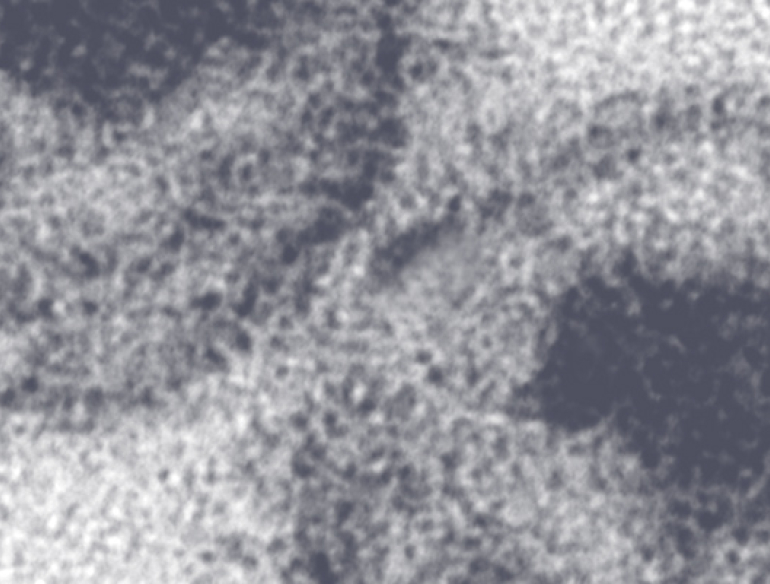- In Australia, use of combination antiretroviral treatment in HIV medicine has led to reduced morbidity and mortality associated with HIV infection. Current standard of care guidelines in Australia recommend early intervention in the course of HIV infection, with treatments generally based on combinations of three antiretroviral drugs usually including a protease inhibitor.
- Sixty percent of people with diagnosed HIV infection in Australia are currently estimated to make use of antiretroviral treatments, with over 80% of these people receiving three or more drugs.
- AHOD is a collaborative study, recording observational data on the natural history of HIV infection and its treatment. The primary objective of the AHOD is to monitor the pattern of antiretroviral and prophylactic treatment use by demographic factors and markers of HIV infection stage.
- The most common mode of HIV exposure was male homosexual contact (85%), and the average age at enrolment was 40 years.
- In the first six months of 1996, 66% of the AHOD were not receiving antiretroviral treatment for HIV infection. By September 1999, only 22% were receiving no antiretroviral treatment.
The Australian HIV Surveillance Report has been published on a quarterly basis from July 1990. Reports published from January 1994 are available below. Each report includes article(s) on topics of general interest in the epidemiology of HIV and related infections updates on the number of cases of newly diagnosed HIV infection and AIDS in Australia estimates of HIV incidence and prevalence among people seen through a network of sexual health clinics in Australia.
The Australian HIV Surveillance Update provides a brief summary of HIV and AIDS diagnoses in the most recent quarter, the most recent year and cumulative counts. The Australian HIV Surveillance Update was published separately prior to the July 2000 issue of the Australian HIV Surveillance Report. Updates post April 2000 are included in the Australian HIV Surveilance Report.
